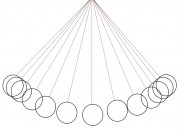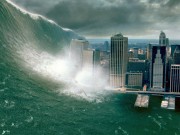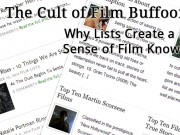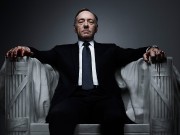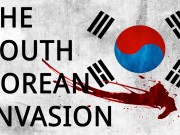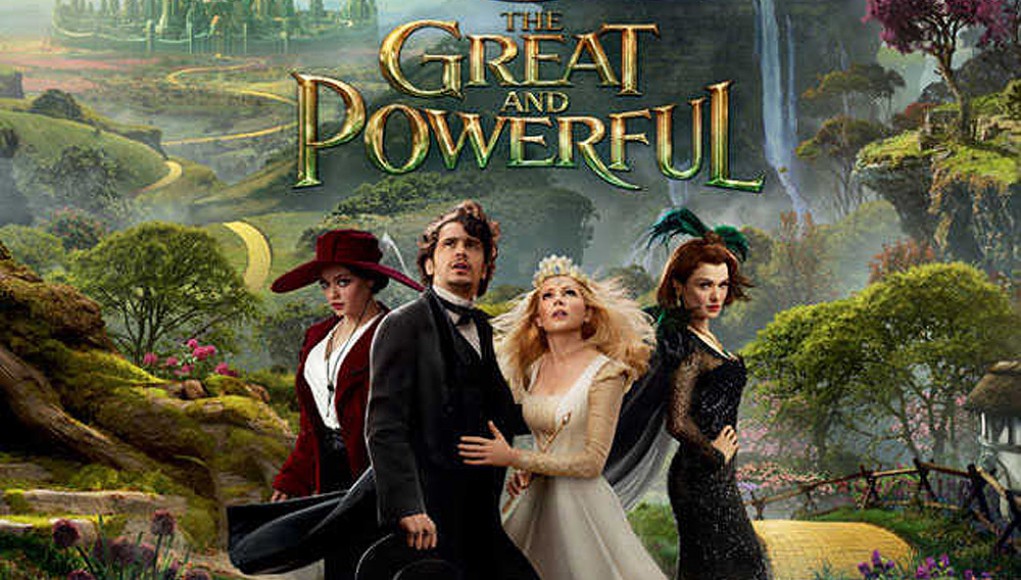Oscar “Oz” Diggs (James Franco) is an illusionist and con-artist at a traveling circus. After escaping a poorly received show, Oz again escapes in a hot-air balloon when he is sought after by a circus strongman whose wife had been hit on by Oz earlier. After being sucked into a tornado, he crashes in the Land of Oz, where he befriends the witch Thedora (Mila Kunis) who explains that he is the prophesied wizard “Oz” that would come to rule the land. When Oz is brought to the Emerald City, he learns from Thedora’s sister Evanora (Rachel Weisz) that he must kill the wicked witch in order to become king and obtain the vast wealth in the city’s coffers.
Oz: the Great and Powerful succeeds in doing one thing well, capturing the hearts of unsuspecting patrons of the beloved 1939 MGM musical. Its predecessor was a reaction to the brilliant color of Disney’s Snow White and the Seven Dwarfs and both were technical achievements for their time. Oz: the Great and Powerful on the other hand, merely uses the same technical elements that we see in nearly any large budget film these days.
The film tends to lean on CGI to mask the hallow narrative, almost in the same manner Oz uses illusions and slight of hand to mask his con-artist intentions. While the film presents the three witches with sympathetic backstories, the film tends to lag between its most important plot twists. The film is filled with childish, predictable humor that takes away from the already whimsical nature of Oz, and becomes tangled in its own inconsistency, wanting to lean so heavily on the franchises’ own iconic history, and it simply fails to be anything more than an attempt to cash-in.
Baum’s series of books entered public domain decades ago, and dozens of adaptations have been produced. Disney’s own history with the series has been turbulent, especially in the wake of MGM’s 1939 classic. With Oz: The Great and Powerful, Disney is taking advantage of the public domain property and is doing so up until it begins to tread on MGM’s classic, now owned by Warner Brothers. While Disney is enjoying the benefits of Oz’s lure on popular culture, it has been hypocritically battling public domain policy—and winning—since its own intellectual property began to reach copyright expiration, which has helped the conglomerate retain rights to its beloved archive and characters.
This film is billed as a prequel to the original books, and it is quite clear that Disney is building a new franchise out of the public domain property. This is nothing new; Disney has created a vast empire with public domain literature and folklore. However, Disney is specifically using the cherished memories created by the 1939 MGM classic, which is an iconic phenomenon to begin with, to gain an audience as it unnecessarily adds to an already expansive universe. We saw the same event happen with Star Wars Episodes I – III; they were insincere films that did not add much to the overall cinematic universe.
Many critics and scholars have considered Oz to be an allegory for the gold standard, and even the Broadway musical Wicked has presented racial issues in its revisionist series. Oz: The Great and Powerful tends to be absent of grand themes, resorting to a more tangible theme of illusions and presentation. Oz himself is an illusionist who uses his trickery to create the perception that he is a wizard with powers. The film, which is uniformly indebted to the 1939 classic, also leans heavily on film history, even if the particulars are misguided. Oz also points to his magic lantern early in the film and even tells his befriended followers of the Thomas Edison’s Kinestoscope, similar to how Hugo pointed to another magician George Meilles’ use of early cinema.
Glinda, the Good Witch of the South acknowledges Oz’s lack of true wizardry skills but sees his skills as an illusionist (as all as her real-life counterpart in Kansas, Annie), but it is difficult to see the sincere vision in Oz through the egregious CGI and shallow story. Oz: the Great and Powerful, like so many other tentpole films these days, was filmed for 3D exhibition. Many shots appear as if they were solely dedicated to dazzle with the third dimension, yet look pretentious and unusual. It is another example of 3D infiltrating 2D, and the future of 3D still looks ominous with the 2D editions bearing the failures forever.
Who would have known that Director Sam Raimi would wind up directing another revisionist tale of Oz? Raimi made himself known with the low-budget Evil Dead series and the Spider-Man trilogy. His trademark humor and frights appears clearly in the film, as does his Raimi’s form of storytelling. Oz’s great balloon escape early in the film has many similarities to his thrilling horror classics where wood splinters pierce through the basket.
There is no debate, the Land of Oz was developed for children, and The Wizard of Oz has served as the entry point and sole beacon for the Land of Oz for many decades. The recent surge of interest in the Land of Oz from revisionist works such as Wicked have provided a sympathetic backstories to what were once vicious characters. However, the shallow narrative and dazzling effects are not enough to to provide a welcoming return to Oz, and Oz: the Great and Powerful and the eponymous character are nothing without their tricks.



